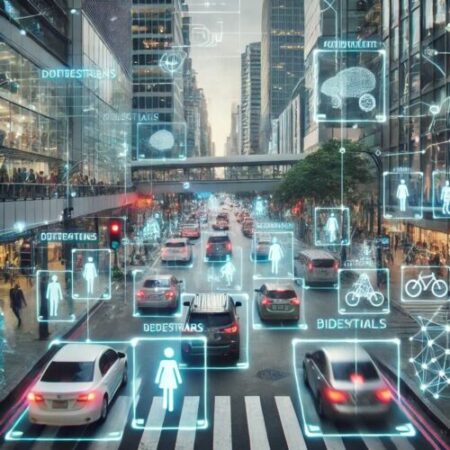Cities were supposed to get smarter, safer, and more efficient. But somewhere between the self-driving buses, facial-recognition cameras, and AI-powered traffic grids, we forgot one crucial thing — every sensor can be hacked. In 2025, as governments worldwide rush to build “smart cities,” a chilling truth is emerging: the systems that run our streets, energy grids, and emergency services are only as secure as their weakest line of code.
The wake-up call came in February 2025, when traffic in São Paulo ground to a standstill for six chaotic hours. The cause wasn’t congestion or weather — it was a coordinated cyberattack. Hackers breached the city’s Intelligent Transport System (ITS) through an unpatched API vulnerability, gaining control over more than 2,000 traffic lights. They didn’t just turn everything red — they reprogrammed light cycles across multiple districts, causing gridlock so severe that emergency vehicles couldn’t move. The attackers left behind a taunting message: “Your city runs on our code now.”
As investigators dug deeper, they discovered that the hackers had infiltrated the network through a third-party contractor responsible for maintenance updates — a reminder that in connected ecosystems, even minor suppliers can become the keys to the kingdom. Worse, the attackers didn’t steal data or demand ransom — they wanted chaos. The attack wasn’t about money; it was a proof of control.
And São Paulo isn’t alone. Tokyo, Dubai, and Toronto have all reported incidents involving tampered surveillance feeds, manipulated sensor readings, and energy-grid anomalies linked to similar threat groups. Researchers warn that smart cities have effectively created an Internet of Everything, where traffic lights, garbage trucks, drones, and power meters all talk to each other — and to hackers who know how to listen.
Imagine a hacker remotely rerouting buses, disabling smart locks, or shutting down an entire district’s streetlights during peak hours. These are no longer movie plots. The same automation that makes a city efficient can make it catastrophically fragile when compromised. Experts have coined the term “urban ransomware” — cyberattacks that hold entire city functions hostage instead of files.
To protect these digital ecosystems, governments and city developers must adopt cyber resilience at the infrastructure level — integrating encryption, segmentation, and continuous monitoring into every layer of smart systems. Vendor security must be audited, IoT firmware updated regularly, and real-time anomaly detection made mandatory.
The vision of smart cities promised a utopia where technology improves urban life. But as 2025 proves, intelligence without security isn’t progress — it’s risk, beautifully automated. The smarter the city, the bigger the target — and unless we rethink urban cybersecurity, tomorrow’s metropolises could become tomorrow’s digital battlegrounds.

